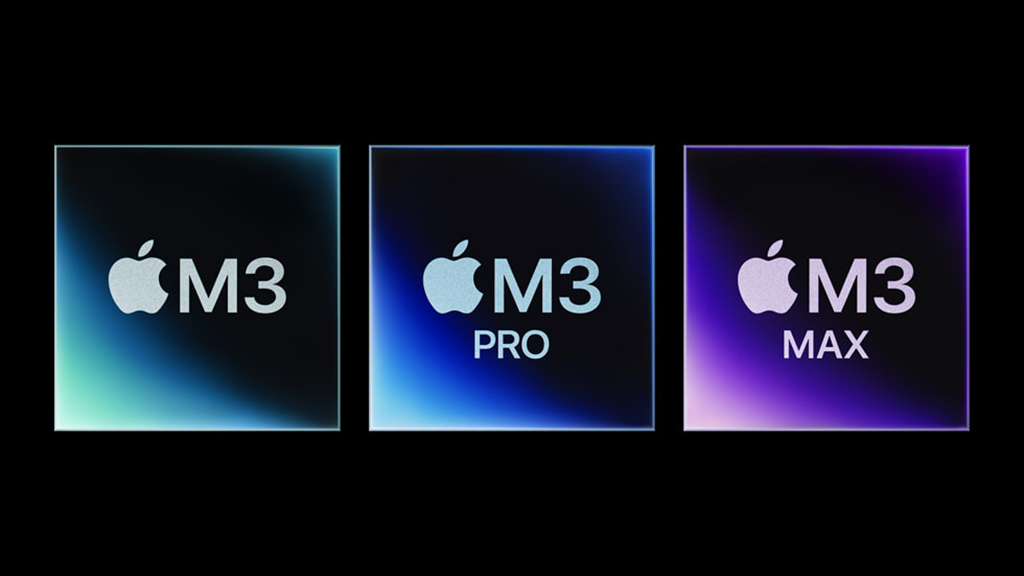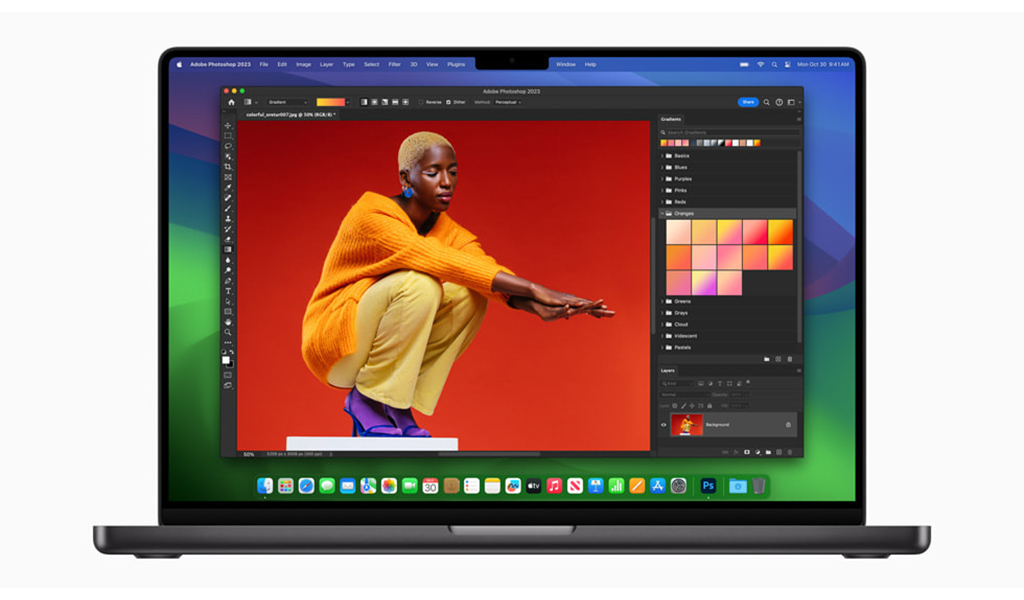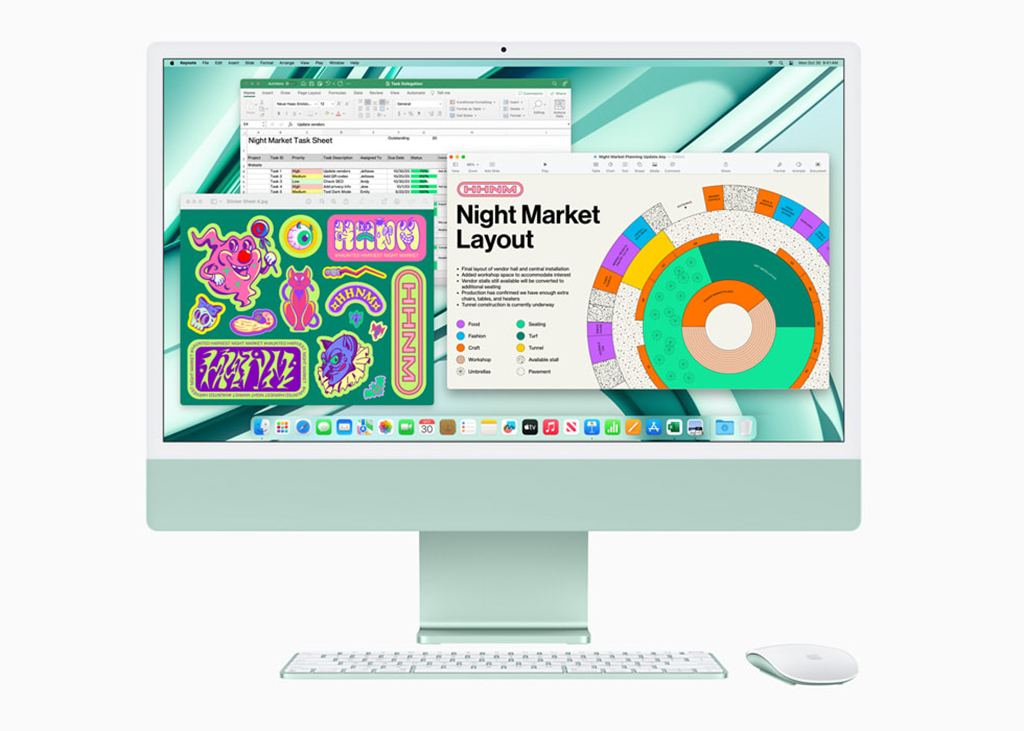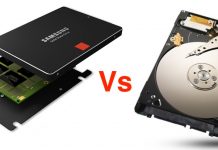
Apple unveiled a new lineup of Mac computers, including laptops and desktops, all of which will run on the new M3 chip. The new processors will address the need for more graphics power, including ray tracing and an advanced media engine to render video and media files even quicker.
The new chip will come in three variants: M3, M3 Pro and M3 Max. All of them were made with the 3nm (nanometre) process, and could lead to a 30% performance and 50% efficiency boost over the M1 chips. Basically, Apple claims you get the same level of performance an M1 chip delivers, only at half the power consumption. The company’s newest MacBooks and iMacs are built to demonstrate that.
What to expect from the M3 chips

One of the key features here is called Dynamic Caching, which will take memory from the computer to improve utilization. The unified memory architecture should deliver higher bandwidth, low latency and broader power efficiency.
Those who work in media and video production will likely be interested in faster rendering times. With ray tracking, mesh shading and the Dynamic Caching, Apple quantifies the upgrade as speeding up rendering by 1.8x over the M2 and 2.5x over the M1. It’s hard to know for sure how these numbers will pan out, but Apple says the chip changes a lot about how smoothly the computer will run.
Apple may have also designed the chip’s overall performance to help developers create AI-based tools, applications and games, though it didn’t explicitly say so. Gaming should also feel more immersive and visually striking, particularly when it comes to details, like shadows, colours and complex scenes.
New MacBook Pro models with M3

There will be a 14-inch MacBook Pro with M3, along with 14- and 16-inch versions running M3 Pro or M3 Max. It’s worth noting that the Max is up to 11x faster than the fastest Intel-based MacBook Pro—an indication of how far Apple’s silicon has gone. In the past, Apple would usually maintain a lot of similarity between the Pro and Max chips, only changing the number of accessible GPU cores. This time, M3 changes how it arranges the performance and efficiency cores.
Otherwise, the new Pros are largely the same inside and out. You get the same Mini LED display, a 1080p webcam, six-speaker sound system, and battery life rated up to 22 hours for the regular M3 version. It’s up to 18 hours for the Pro or Max variants. You can upgrade it up to 128GB of RAM and storage options range between 256GB and 1TB.
The newest addition on the outside, by far, is the space black finish, a shade not seen on a Mac for a while. You also have the classic silver as an option as well. The ports are generally the same, though you get one less Thunderbolt port on the regular M3 and only supports one external monitor at a time.
The newest iMac with M3

The iMac comes back with a 24-inch model that will run on the new M3 after skipping M2. There is only one version running on the M3 chip, so no Pro or Max options available here. Nor will there be a 27-inch version of the desktop computer, either. It will come in the same colours and—save for the obvious internal component changes—the same configurations.
It’s got a 4.5K Retina display with more than 1 billion colors, a 1080p webcam, and supports Wi-Fi 6E. The keyboard and mouse use the same Lightning connectors, so no changes there. Basically, apart from the new M3 architecture, this iMac largely mirrors the one Apple previously launched.
Coming soon
All of these products are coming on November 7, and you can pre-order yours now. Check out all of Apple’s products, including all of the Macs.









































great post
Comments are closed.